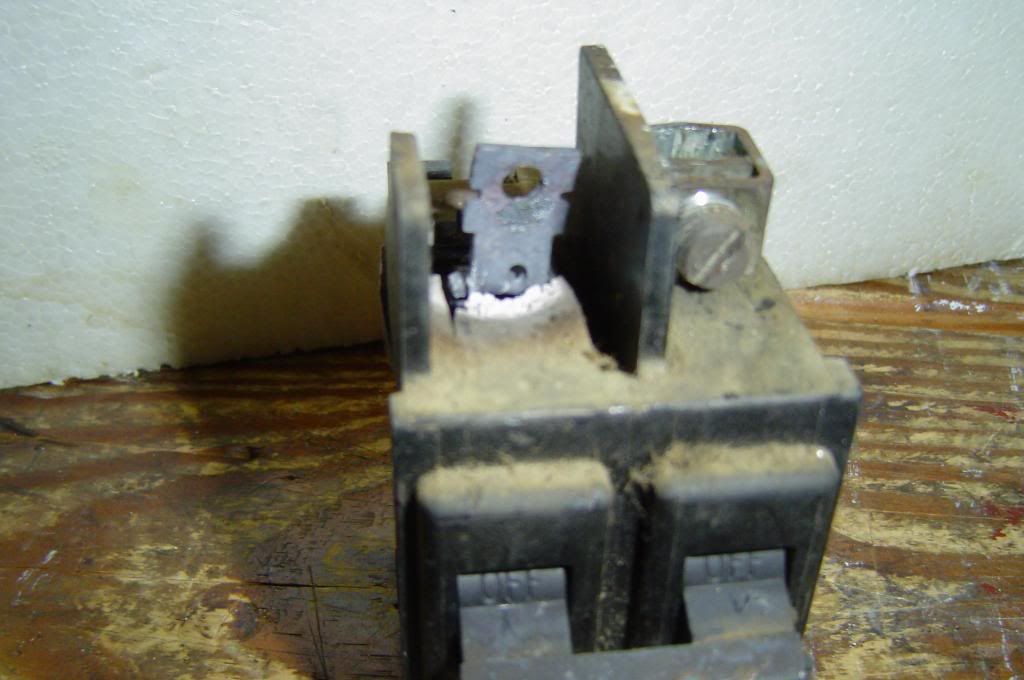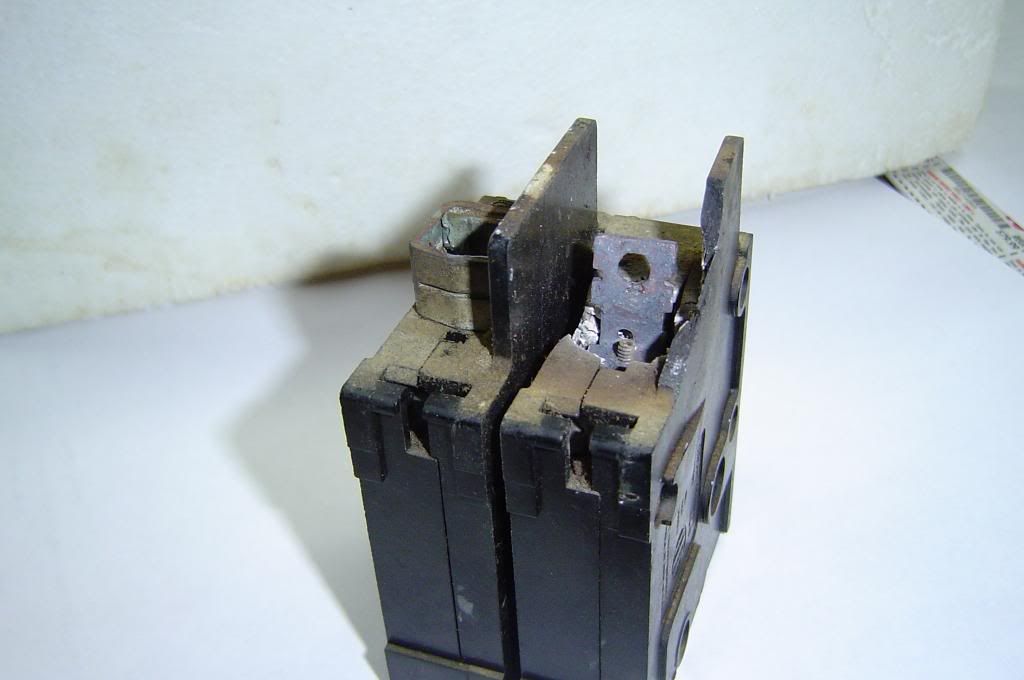100% and 80% ratings have very little to do with when a breaker trips. The rated loading is important when sizing protection per the NEC.
Except for special overcurrent relays, nothing trips at exactly 100%. There is always a tolerance band, partly because real world conditions are usually different than those in the testing lab.
Testing involves a device in 'open air' not in an enclosure. All protective devices (breakers and fuses) are tested as 100% devices 'in open air', but as soon as they are installed into an enclosure, they 'magically' become 80% devices (unless the entire assembly has been specifically labeled as 100%).
Yes, while the 135% seems high, it is true for all devices, both breaker and fuses. And remember the 2 hours is an upper limit and the ambient temperature needs to be dealt with.
Prolonged operation above the 80% enclosed rating will likely cause eventual connection failure due to overheating.




